The Indian Navy will soon release an 80,000 crore tender for four LPD. ANI recently confirmed the development. The tender aims to engage major domestic shipyards like MDL, CSL, L&T, GRSE, and HSL. The project highlights India’s drive for indigenization in naval shipbuilding.
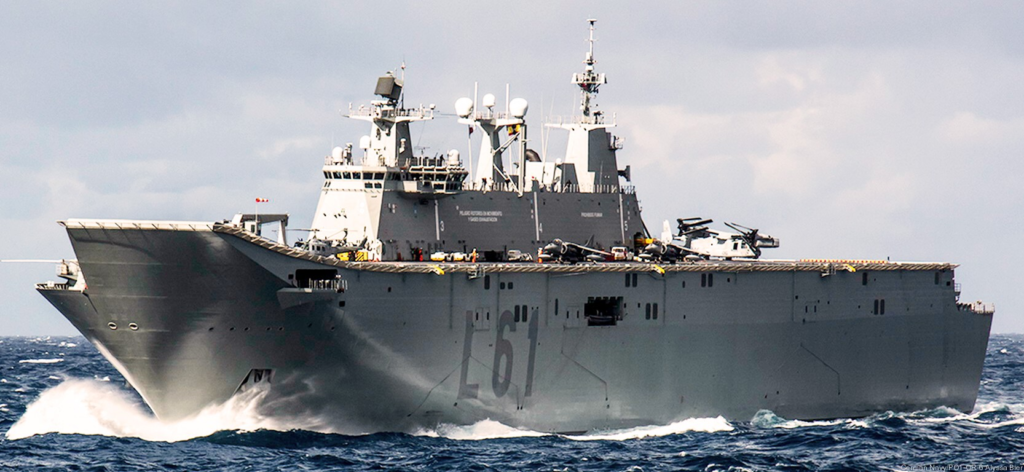
Since 2004, the Indian Navy has pursued advanced amphibious platforms. These vessels strengthen amphibious warfare, disaster-response operations, and non-combatant evacuation capabilities. The Indian Navy already operates INS Jalashwa, a former Austin-class LPD acquired from the US Navy. However, the vessel remains old and lacks offensive capabilities.
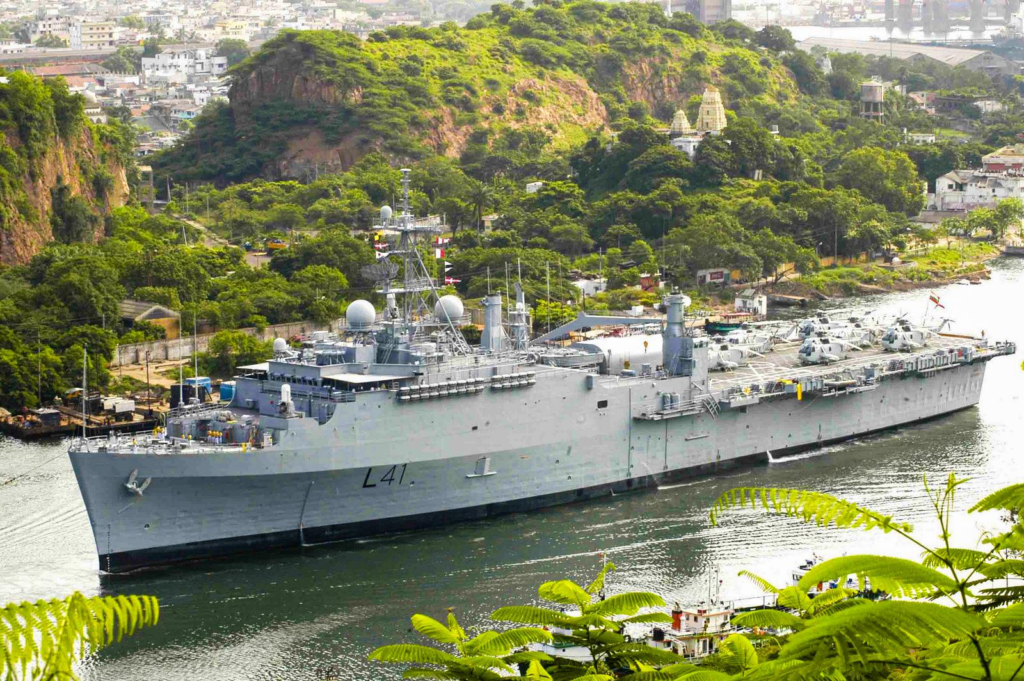
LPD for Indian Navy: Procurement History and Industrial Efforts
The Indian Navy earlier issued an RFP to ABG, L&T, RDEL, and HSL. L&T collaborated with Navantia, proposing the Juan Carlos I-class amphibious assault vessel. Meanwhile, RDEL partnered with DCNS, offering the Mistral-class design.
In 2017, the Defence Acquisition Council approved the plan to procure four LPD units. Later, Reliance’s financial collapse left L&T as a single vendor. The acquisition effort eventually collapsed due to single-vendor conditions.
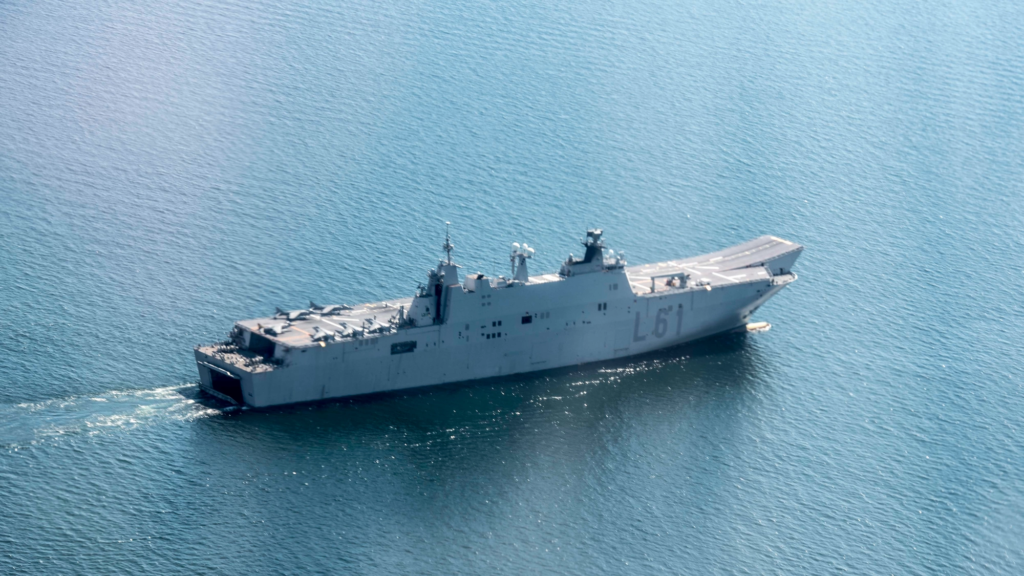
In August 2021, the Navy issued a fresh RFI under DAP-2020 norms. The RFI demanded indigenous construction with mandatory foreign Transfer of Technology. Delivery timelines required the first ship within 60 months, followed by one ship each year.
Current Contenders and Foreign Design Partnerships
The ongoing competition involves four domestic shipyards: MDL, CSL, GRSE, and L&T. Each must collaborate with global leaders. Naval Group proposes the Mistral-class amphibious vessel. Navantia offers the Juan Carlos I-class multipurpose amphibious ship. Fincantieri presents its Trieste-class landing helicopter dock blueprint. South Korea’s Hanjin Heavy Industries offers the Dokdo-class design.
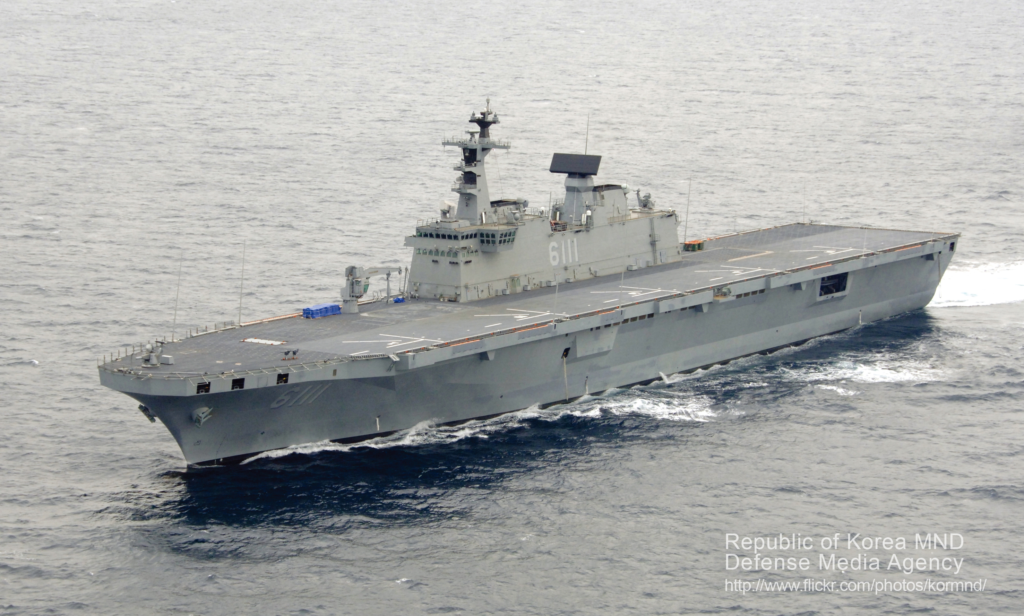
These foreign designs integrate advanced aviation facilities, vehicle decks, and well-decks for landing craft operations. Each design emphasizes modularity, C4ISR suites, and advanced propulsion technologies. They enable over-the-horizon amphibious assaults with rotary-wing aircraft and landing craft air cushions.

Russian Proposition and Strategic Alternatives
Russia may offer Project 23900 amphibious assault ships. This design emerged after France denied Mistral delivery in 2014. Moscow signed a contract in May 2020 to construct two such vessels. JSC Zelenodolsk Design Bureau leads the program under Ak Bars Shipbuilding Corporation.
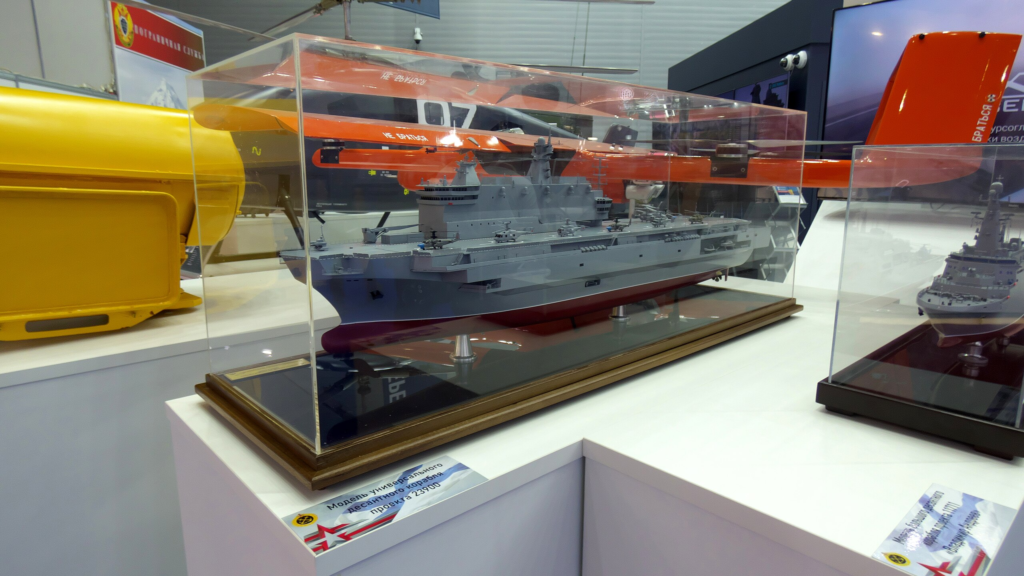
The Project 23900 ships displace around 40,000 tons. They promise aviation capability, heavy-lift operations, and command-and-control suites. However, the design remains under construction and lacks proven operational deployment.
Overall, The Indian Navy’s upcoming LPD procurement represents more than just fleet expansion. It reflects industrial collaboration, indigenous capability growth, and strategic mobility. These vessels will transform India’s maritime expeditionary profile, enabling power projection, humanitarian operations, and regional stability.

IN should go with the Juan Carlos 1 of Spain.